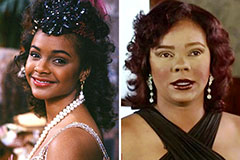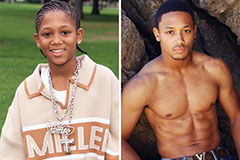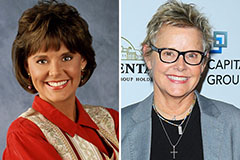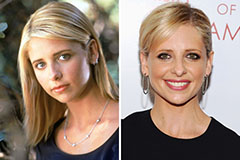The discipline of audiology, concentrated on resolving hearing impairments and balance concerns, has experienced an amazing transformation throughout its history. Progressing from a fundamental exploration of sound and acoustic understanding to a cutting-edge, tech-savvy field, audiology has consistently adapted and advanced. This post delves into the pivotal moments and groundbreaking findings that have affected modern approaches to hearing healthcare.
The Beginnings of Audiology
Audiology's roots can be traced back to ancient times when civilizations like the Egyptians and Greeks initially started to recognize and document hearing impairments. However, it wasn't up until the 19th century that the research study of hearing handled a more clinical approach. The innovation of the ear trumpet in the late 18th century, a simple gadget created to amplify sound for the hard of hearing, marked one of the earliest efforts to attend to hearing loss.The Birth of Modernized Audiology
The turning point for audiology followed World War II, as thousands of veterans returned home with noise-induced hearing loss caused by exposure to loud surges and equipment. This developed an urgent need for effective treatments and rehab services, catalyzing the establishment of audiology as a formal profession. Audiologists began with fundamental diagnostic tests to evaluate hearing loss and quickly moved towards establishing more advanced audiometric strategies.Technological Developments and Main Learnings
A major advancement in the field of audiology occurred with the innovation of the electronic hearing aid in the 20th century. Initially, these devices were troublesome and had actually restricted capabilities, however the introduction of digital technology in the latter part of the century transformed the design of hearing aids, resulting in smaller, more powerful, and higher-fidelity gadgets that might provide a more exact sound experience.The 1970s saw a significant advancement with the advancement of cochlear implants, which are advanced electronic gadgets that can promote the acoustic nerve to help individuals with severe deafness who do not benefit from regular listening devices. For many years, audiological research study has actually expanded to explore not only the physical aspects of hearing loss but also the mental and social effects, recognizing how hearing difficulties can affect communication, believing, and overall wellness. This expanded point of view on hearing health has promoted a more inclusive treatment approach that integrates technical interventions with therapy and acoustic rehab.
Current Digital Age and Beyond
Today, audiology bases on the cusp of the digital period, with developments in artificial intelligence (AI), telehealth, and customized medicine shaping the future of hearing care. Modern listening devices and cochlear implants come geared up with AI algorithms that can adjust to the listener's environment, offering an unmatched level of clarity and customization. Tele-audiology services, facilitated by web connection, have actually made hearing care more accessible, allowing for remote assessments, fittings, and assessments.Tuning In To The Future
Audiology has actually advanced thanks to the creativity and determination of scientists, and people seeking treatment. Moving forward, the field is set through development, pressing the in our knowledge and care for hearing and balance issues. With consistent enhancements in technology and a much better understanding of how hearing loss effects individuals, audiology makes certain to further enhance its influence on international quality of life.The advancement of audiology, spanning from primitive ear trumpets to sophisticated AI-driven hearing gadgets, testifies to humankind's extraordinary achievements in addressing the intricacies of hearing impairment. This story exemplifies our continuous pursuit of understanding, innovation, and refinement, highlighting our undeviating commitment to deciphering the intricacies of noise and human connection.
 Alfonso Ribeiro Then & Now!
Alfonso Ribeiro Then & Now! Lark Voorhies Then & Now!
Lark Voorhies Then & Now! Romeo Miller Then & Now!
Romeo Miller Then & Now! Amanda Bearse Then & Now!
Amanda Bearse Then & Now! Sarah Michelle Gellar Then & Now!
Sarah Michelle Gellar Then & Now!